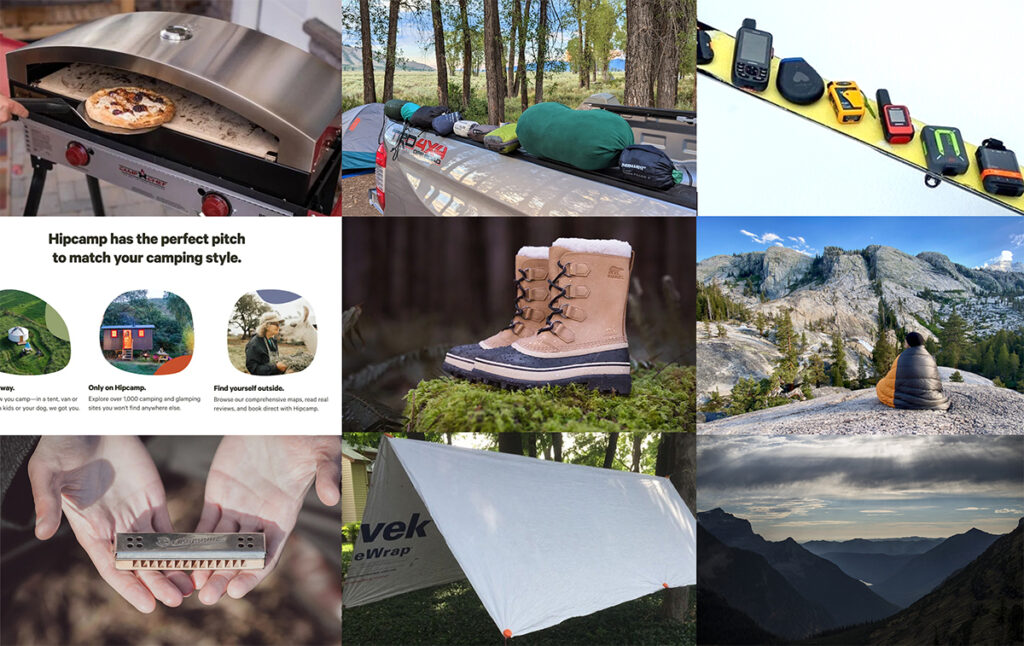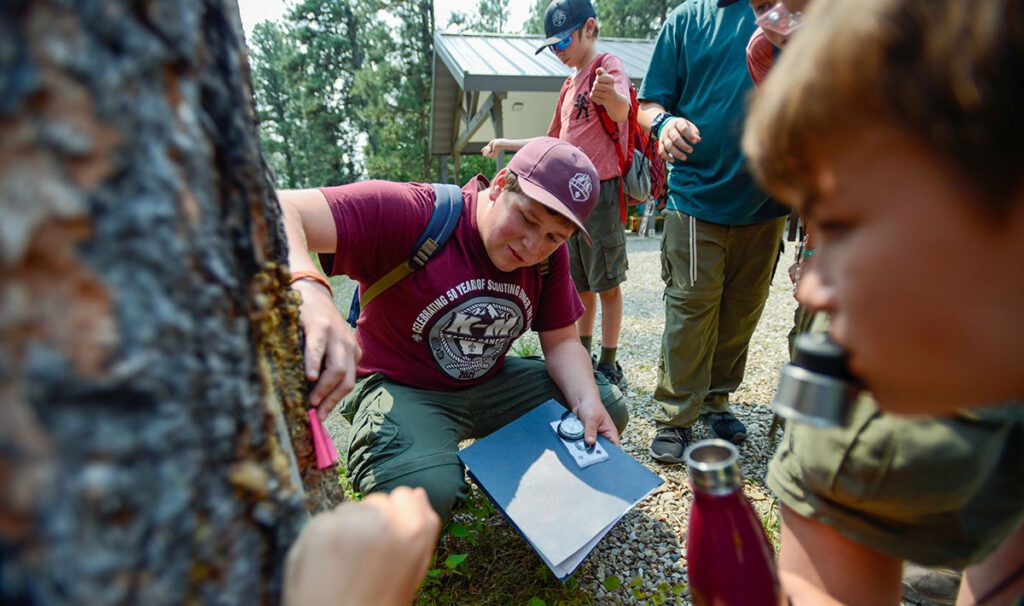The Scouting America Safeguarding Youth Symposium was held in Las Vegas on October 8-9, and I found it to be a huge success. While participation from outside Scouting was limited, there were representatives from Scouting councils nationwide. Speakers came from all over the U.S., along with one from the U.K. and another from Finland. Each added valuable insights, demonstrating personal dedication to protecting youth.
A highlight for me was sitting next to a new member of the Safeguarding Youth Committee – an attorney from the D.C. area. He’s a survivor of abuse with a powerful story and joined the committee to help guide Scouting America forward in becoming a leader in youth protection.
The symposium’s discussions went beyond typical topics like mental, physical, and sexual abuse by adults. It covered youth-on-youth issues, sextortion, early signs of abuse, and gateway crimes.
One statistic that stood out was that young boys often suffer the worst forms of abuse. Another staggering figure: 1 in 10 youth will experience some form of abuse.
I was also reminded of a statistic I’d heard before – that every youth will encounter child sexual abuse material (CSAM) before finishing high school. I once asked my high school-aged sons if they had come across CSAM. They admitted they had and said they deleted it right away – a good instinct, but I now know that deleting it isn’t enough. It’s essential to report it, as CSAM can destroy lives.
One key takeaway from the symposium was the importance of reference checks. Although they are one of the most effective tools for screening adults, many organizations fail to follow through. Additionally, Homeland Security offers excellent programs like Project iGuardian, which Scouting is working to integrate into its youth protection efforts. A new program – similar to the #MeToo movement – aims to empower youth to report abuse involving their peers, helping them feel more comfortable speaking up.
The symposium stressed how unsupervised access to phones and social media makes youth vulnerable to predators. Predators can use video game chats, social platforms, or even the dark web to lure kids into dangerous situations. VPNs, while useful, can make it difficult for parents to monitor where their children are going online.
Sextortion is a growing concern where one private photo can spiral out of control leading to blackmail and threats. Sometimes predators demand more photos or money, exploiting the victim’s fear of exposure. Unfortunately, even reporting explicit images doesn’t guarantee complete removal from the web.
One of the most important lessons I learned is the need to listen to youth and believe them when they come forward. If something feels wrong, we shouldn’t hesitate to seek help – from 911, schools, or online resources.
I walked away from the symposium with a question: How can I help? My answer lies in building awareness. If I can educate Scouters and the community about these issues, perhaps we can take some predators off the streets and keep our youth safer.
I’m proud that when you search, “Who has the best youth protection program?” Scouting consistently comes up at the top. This symposium strengthened my commitment to ensuring we continue to lead in youth protection.
Yours in Scouting,
Pat Dannenberg
Director of Field Service
Learn More: Five Things I Learned From Scouting America’s Safeguarding Youth Symposium – Aaron on Scouting





